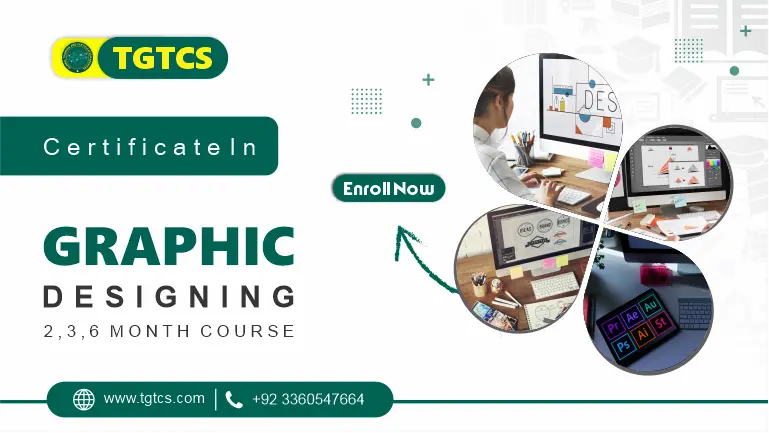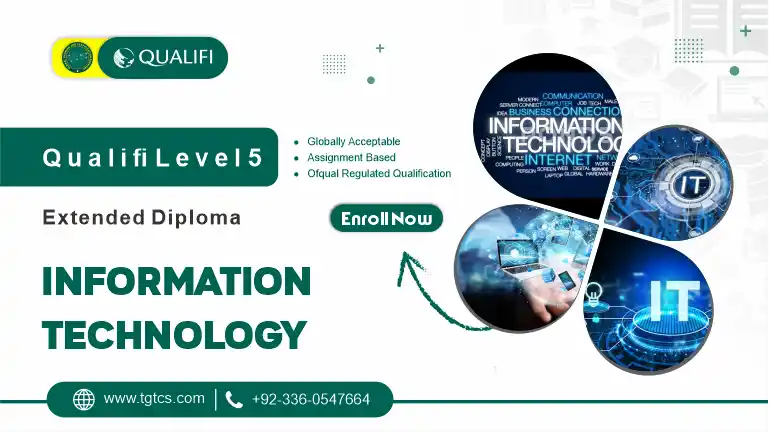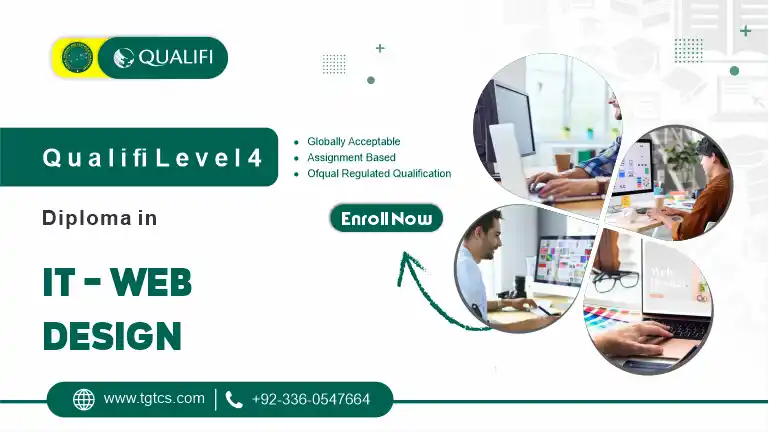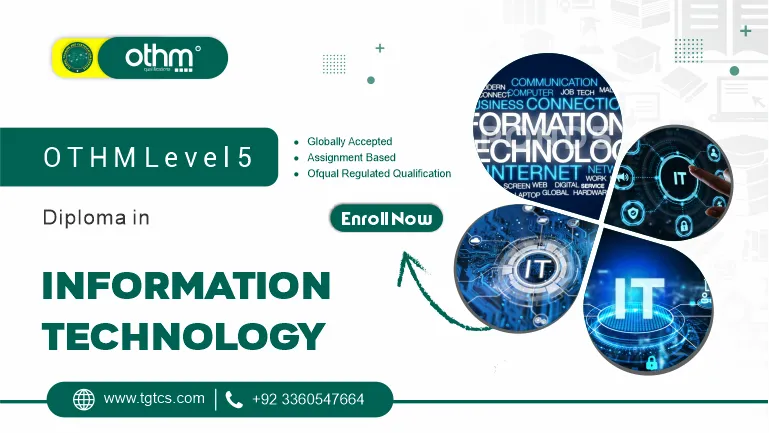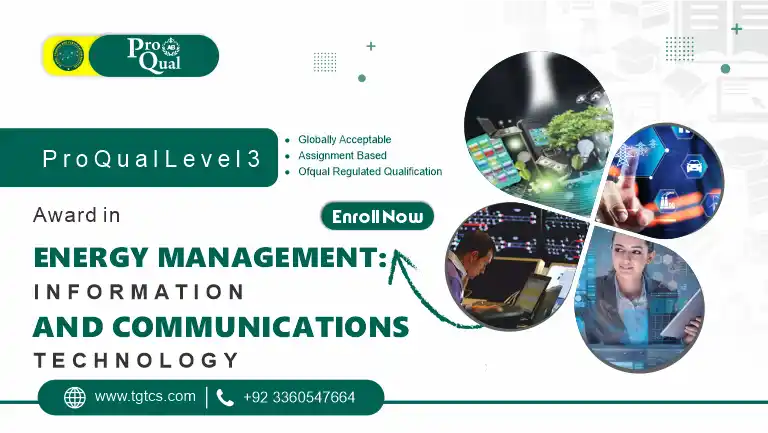Certificate in Graphic Designing
Take your career to new heights while enhancing workplace safety. Discover the art of fostering a secure and healthy work environment.
Unlock Your Creative Potential with Our Exclusive Graphic Designing Course!
Are you ready to turn your passion for design into a thriving career? Look no further! Introducing our comprehensive Graphic Designing Course, your gateway to mastering the art of visual communication and unleashing your creativity like never before.
Why Choose Our Graphic Designing Course?
Hands-On Learning: Dive into real-world projects that simulate professional scenarios. Gain practical experience and build a stunning portfolio to showcase your skills.
Expert Instructors: Learn from industry experts with years of experience in graphic design. Benefit from their insights, tips, and tricks to stay ahead in the competitive design landscape.
Cutting-Edge Tools: Master the latest design software and tools used by top professionals. From Adobe Creative Suite to other industry-standard applications, we’ve got you covered.
Flexible Learning: Our course is designed to fit into your busy schedule. Access video lectures, tutorials, and assignments anytime, anywhere. Learn at your own pace and never miss a lesson.
Community Support: Connect with a vibrant community of fellow designers. Collaborate, seek advice, and share your work for constructive feedback. Networking opportunities abound!
What You Will Learn:
Fundamentals of Design: Grasp the principles of design, color theory, typography, and layout to create visually stunning compositions.
Software Proficiency: Become proficient in industry-standard software such as Adobe Photoshop, Illustrator, and InDesign.
Branding and Identity: Learn to develop compelling brand identities that resonate with your target audience.
Web and UI/UX Design: Explore the world of web design and user experience, creating interfaces that captivate and engage.
Print and Digital Media: Master the intricacies of designing for both print and digital platforms, ensuring your creations stand out.
Don’t miss out on this opportunity to invest in yourself and embark on a fulfilling career in graphic design. Enroll now and let the design revolution begin!
A “Graphic Designing Course” is an educational program that teaches individuals the principles, skills, and techniques involved in graphic design. Graphic design is a creative discipline that combines visual elements, typography, and imagery to communicate ideas and messages effectively. The goal of a graphic design course is to equip students with the knowledge and practical skills needed to create visually appealing and meaningful designs for various media.
Here are key components typically covered in a graphic designing course:
- Design Principles: Students learn fundamental design principles such as balance, contrast, unity, emphasis, and rhythm. These principles provide a foundation for creating aesthetically pleasing and effective designs.
- Typography: Understanding the art and science of typefaces, fonts, and text layout is crucial in graphic design. Students learn how to use typography to enhance the readability and impact of their designs.
- Color Theory: A graphic design course often includes instruction on color theory, helping students understand the psychological and emotional effects of different colors. This knowledge is essential for creating visually harmonious designs.
- Software Skills: Graphic designers commonly use software tools like Adobe Photoshop, Illustrator, and InDesign. Courses teach students how to navigate and utilize these tools to create and manipulate images, illustrations, and layouts.
- Layout and Composition: Students learn how to arrange visual elements on a page or screen in a way that is visually appealing and communicates the intended message effectively. This includes an understanding of grids, hierarchy, and spatial relationships.
- Image Editing and Manipulation: Graphic designers often work with photos and images. Courses cover techniques for editing and enhancing images to fit the design requirements.
- Brand Identity Design: Many graphic design courses delve into the creation of brand identities, including logos, color schemes, and other visual elements that define and represent a brand.
- Web and Digital Design: With the increasing importance of online presence, graphic design courses often include instruction on designing for digital platforms, including websites, social media, and other digital media.
- Print Design: Understanding the principles of print design is still relevant, and courses may cover aspects such as designing for brochures, posters, business cards, and other printed materials.
- Portfolio Development: Students are often encouraged to build a portfolio showcasing their best work throughout the course. A strong portfolio is crucial when seeking employment or freelance opportunities in the graphic design field.
Graphic designing courses can be offered by universities, colleges, art schools, or online platforms. They cater to individuals with varying levels of experience and aim to prepare students for a career in graphic design or related fields.
Course benefits of Graphic Designing Course are as follow:
- Creativity Enhancement:
- Graphic design courses help individuals enhance their creative thinking and expression. Students learn to translate ideas into visual concepts, fostering creativity in problem-solving and communication.
- Technical Proficiency:
- Courses in graphic design provide a comprehensive understanding of design software such as Adobe Creative Suite (Photoshop, Illustrator, InDesign). Students acquire technical skills necessary for creating professional-level designs.
- Industry-Relevant Skills:
- Graphic design courses are tailored to meet industry standards, ensuring that students acquire skills and knowledge that are relevant to the current demands of the design field.
- Portfolio Development:
- Students build a strong portfolio throughout the course, showcasing their best work. A well-curated portfolio is essential for job applications and freelance opportunities, allowing individuals to demonstrate their skills to potential employers or clients.
- Versatility in Design:
- Graphic design courses expose students to various aspects of design, including web design, print media, branding, and multimedia. This versatility enables designers to work across different platforms and industries.
- Understanding Design Principles:
- Students learn fundamental design principles such as balance, contrast, unity, and hierarchy. These principles form the basis of effective visual communication and are applicable in various design scenarios.
- Communication Skills:
- Graphic designers need to effectively convey messages through visuals. Courses emphasize the importance of communication in design, teaching students how to visually communicate ideas, information, and emotions.
- Industry Insights and Trends:
- Graphic design courses often incorporate insights into current industry trends and practices. This ensures that students stay updated with the latest design techniques, tools, and aesthetics.
- Problem-Solving Abilities:
- Design is often about solving visual problems. Courses equip students with the ability to analyze design challenges and develop creative solutions, fostering a problem-solving mindset.
- Career Opportunities:
- Completion of a graphic design course opens up a range of career opportunities, including roles such as graphic designer, web designer, art director, UI/UX designer, and more. The skills gained are applicable in various industries, from advertising and marketing to publishing and entertainment.
- Entrepreneurial Skills:
- Graphic design courses often touch upon the business side of design, teaching students about freelancing, starting their design business, client management, and other entrepreneurial skills.
- Networking Opportunities:
- Many graphic design courses provide opportunities for networking with professionals and peers in the industry. Building a network can be beneficial for job placement, collaboration, and staying connected with the design community.
Overall, a Graphic Designing Course not only equips individuals with the technical skills required for the field but also nurtures their creative thinking, enabling them to thrive in a visually-driven world.
Learning Outcomes of Graphic Designing Course are as follow:
- Understanding Design Principles:
- Demonstrate a comprehensive understanding of design principles such as balance, contrast, unity, emphasis, and rhythm.
- Proficiency in Design Software:
- Gain proficiency in industry-standard graphic design software (e.g., Adobe Creative Suite – Photoshop, Illustrator, InDesign) for creating and manipulating visual elements.
- Color Theory Mastery:
- Apply advanced knowledge of color theory to create visually appealing and effective designs.
- Typography Skills:
- Develop a strong understanding of typography, including font selection, hierarchy, and layout for various design projects.
- Image Editing and Manipulation:
- Acquire skills in image editing and manipulation to enhance and modify visual elements effectively.
- Logo Design Competence:
- Design and create logos that effectively communicate a brand’s identity, considering simplicity, scalability, and versatility.
- Print and Digital Design:
- Understand the differences and nuances in designing for print and digital media, considering resolution, color modes, and file formats.
- Web Design Basics:
- Gain foundational skills in web design, including layout principles, user interface (UI) design, and designing for different screen sizes.
- Creative Problem Solving:
- Develop the ability to approach design challenges with creativity and innovation, finding unique solutions to visual communication problems.
- Portfolio Development:
- Compile a professional portfolio showcasing a variety of design projects, demonstrating proficiency in different aspects of graphic design.
- Client Communication:
- Develop effective communication skills with clients, understanding their design needs, and presenting design concepts in a clear and compelling manner.
- Usability and User Experience (UX) Design:
- Understand the basics of usability and user experience design principles, ensuring that designs are not only visually appealing but also functional and user-friendly.
- Industry Standards and Trends:
- Stay informed about current trends and industry standards in graphic design, and demonstrate an ability to adapt to evolving design practices.
- Collaboration and Feedback:
- Effectively collaborate with peers, give and receive constructive feedback, and iterate on designs based on feedback received.
- Ethical Considerations in Design:
- Understand the ethical responsibilities of a graphic designer, including issues related to copyright, plagiarism, and the ethical use of design to influence or persuade.
These learning outcomes are designed to cover a broad range of skills and knowledge areas that are relevant to a comprehensive graphic design course. Depending on the course’s specific focus or level (introductory, intermediate, or advanced), you may adjust or expand upon these outcomes accordingly.
The ideal learner for a Graphic Designing course possesses a combination of creativity, technical proficiency, and a passion for visual communication. Here are the key characteristics that define an ideal learner for a Graphic Designing course:
- Creativity and Artistic Flair:
- An innate ability to think creatively and outside the box.
- A strong sense of design aesthetics and an appreciation for visual harmony.
- A passion for exploring new ideas and pushing creative boundaries.
- Attention to Detail:
- A meticulous eye for detail to ensure the precision and accuracy of designs.
- Ability to notice subtle nuances in typography, color schemes, and layout.
- Adaptability and Open-mindedness:
- Willingness to embrace new design trends and technologies.
- Open-mindedness to receive and incorporate constructive feedback for continuous improvement.
- Technical Proficiency:
- Familiarity with graphic design software such as Adobe Creative Suite (Photoshop, Illustrator, InDesign, etc.).
- Basic understanding of design principles, color theory, and typography.
- Communication Skills:
- Effective communication skills to understand client requirements and convey design concepts.
- Ability to articulate design decisions and collaborate with team members.
- Problem-Solving Skills:
- A knack for solving visual communication challenges creatively.
- Ability to approach design problems with a strategic mindset.
- Passion for Learning:
- Enthusiasm for staying updated on the latest design trends and industry advancements.
- A commitment to continuous learning and self-improvement.
- Time Management:
- Strong organizational skills to manage multiple projects and meet deadlines.
- Efficient time management to balance creativity with productivity.
- Portfolio Development:
- Proactive in building and curating a diverse portfolio showcasing a range of design projects.
- Ability to demonstrate growth and improvement through different projects.
- Collaborative Spirit:
- An understanding of the collaborative nature of design work.
- Ability to work well in a team, incorporating feedback, and contributing to a positive work environment.
- Professionalism:
- Awareness of industry standards and best practices.
- A commitment to delivering high-quality work and maintaining professional conduct.
In conclusion, the ideal learner for a Graphic Designing course is a creative, detail-oriented individual with a strong blend of artistic talent and technical skills. This combination equips them to navigate the dynamic and evolving landscape of graphic design successfully.
Mandatory Unit
- Introduction to Graphic Design
- Basic Design Principles
- Adobe Photoshop Fundamentals
- Adobe Illustrator Essentials
- Adobe InDesign for Print and Layout
- Advanced Design Techniques
- Web and Social Media Graphics
Course Overview
Duration
2 to 6 Months
